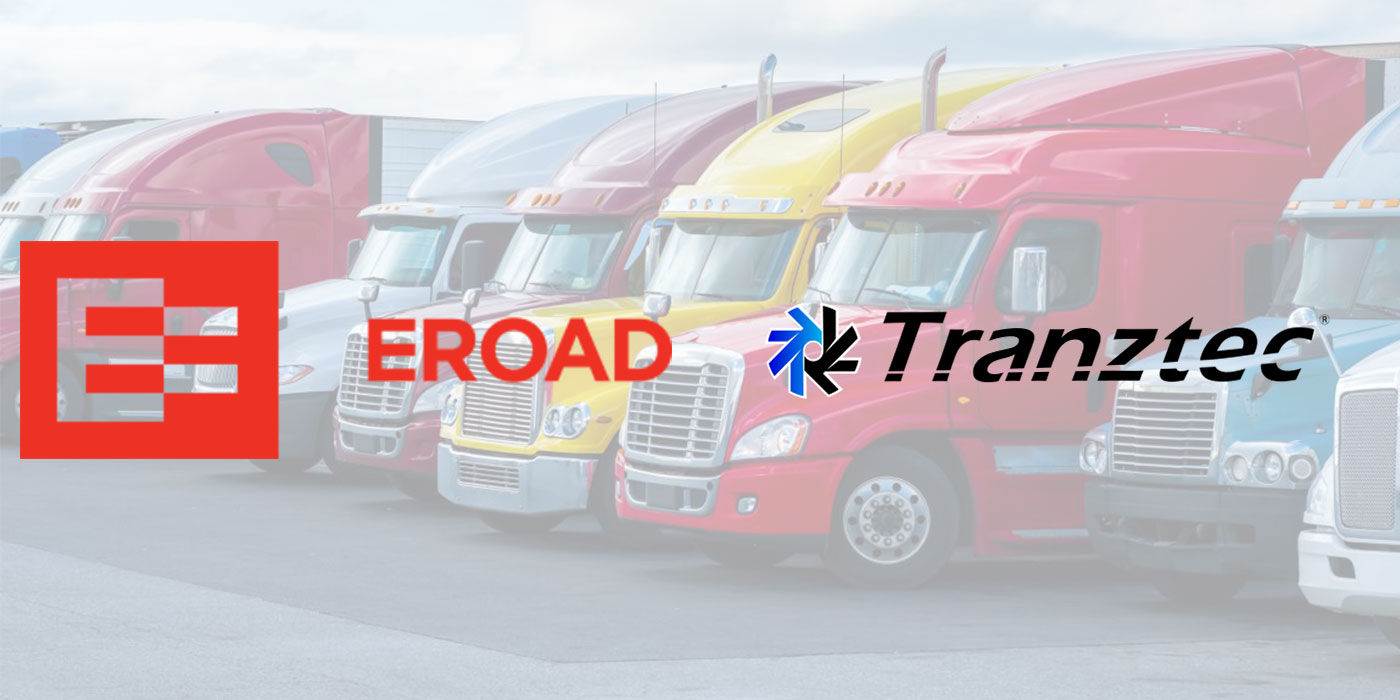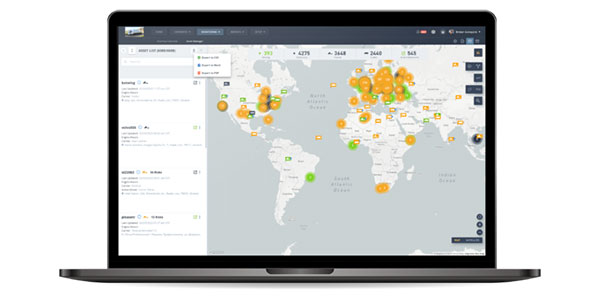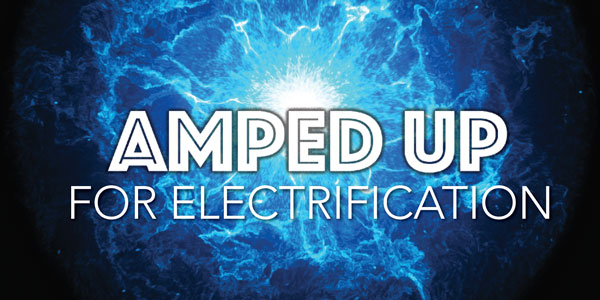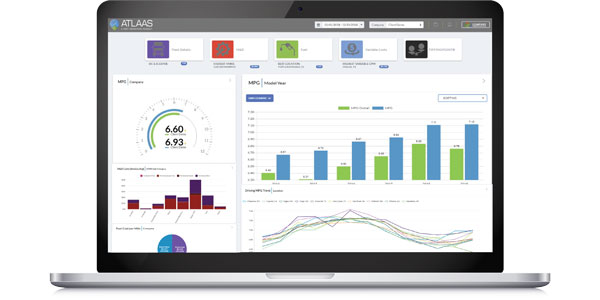Stuart questions:
As an example of the two types of management approaches, let’s say the fleet maintenance shop manager requests that the parts department have 10 widgets in stock. The parts department manager knows that five widgets are sufficient because he can get quick delivery from a local parts supplier if more are needed. In the centralized shop model the executive in charge reviews the request for stocking 10 widgets and has been informed by the parts department that if five widgets are stocked and used others can be ordered and delivered within 24-hours. The asset management executive may decide to stock five widgets knowing that ordering more if needed will not cause undue downtime or if he has been tracking asset repair reports and has seen that widgets replacements have been occurring frequently, the executive may decide to have the parts manager stock 10 widgets. Input from others is made, but the person responsible for the assets, makes the decision needed to keep the trucks maintained and on the road creating revenue.
The same scenario handled by the decentralized shop might go this way. The terminal manager knows the company wants to cut costs and even though there may be a need for 10 widgets to be stocked, the manager decides that having only five on the shelves this month will keep expenses down. The manager makes the decision based on dollars, which is regulated by upper management, the budget, or no one. In this case, upper management and the terminal manager may be completely unaware that additional widgets are needed for more frequent repairs. The focus is on controlling short-term (bonusable) expense costs at the terminal rather than maximizing the use of the assets.
Stuart says centralized drives lower cost:
Nevertheless, centralized leadership has the control (if taken) to manage and maximize vehicle utilization, provide lower cpm and has complete control and allows for the most optimized solutions. You cannot fix and control from a “staff” position that only can sell practices, procedures and direction! Maintenance management seeking to become the low cost provider must direct and control direction. Maintenance management is not a democracy, its is a force to reckon with. Centralized Management manages “the budget,” decentralized manages to the budget, then comes “benchmarking.”
DWS Fleet Management website: www.darrystuart.com













